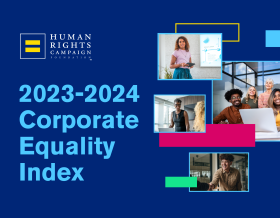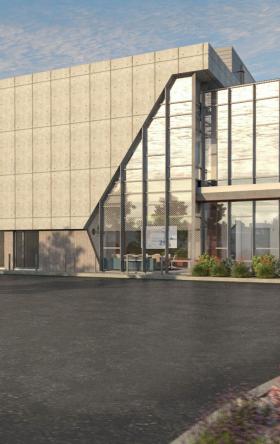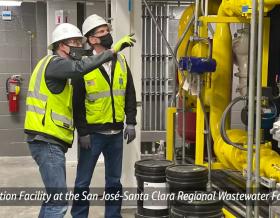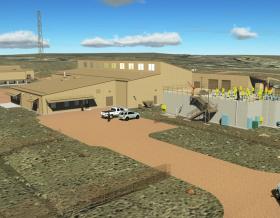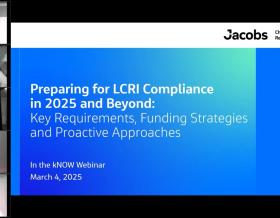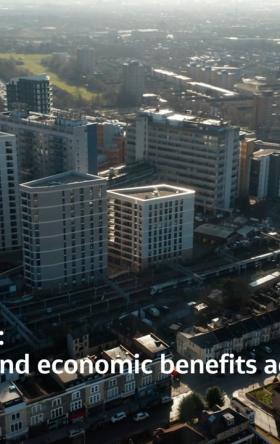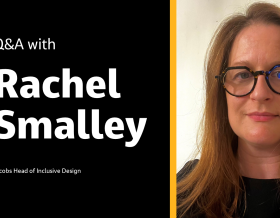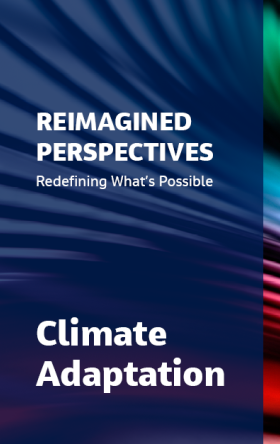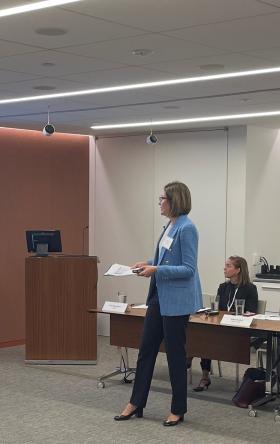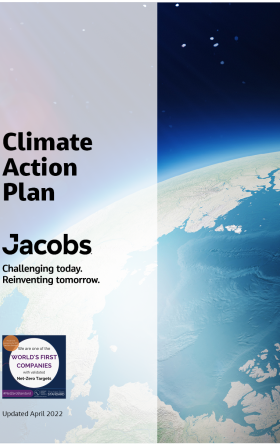Realizing Digital Ambitions for the Built Environment: The Case for Integrated Delivery
Closing the capability gap in smart buildings and infrastructure to transform vision into reality

By: Kurt Moroney
Digital technology is transforming how we design, operate and experience buildings and infrastructure. Advanced technologies and vast data insights are unlocking new opportunities for greater efficiency, sustainability and resilience, as well as personalized, interconnected and immersive services and experiences. Digital enablement is no longer “nice to have” but rather a critical component that enhances community connectivity, increases asset value and delivers revenue returns on major infrastructure investments.
As investors and developers set more ambitious digital goals, urban planners and designers must seamlessly integrate a growing range of technologies into building, precinct and city-wide plans and designs, alongside other critical systems. This requires an expansive skillset that bridges up-front strategy, urban planning, engineering design and technology procurement and deployment.
Growing digital ambition creates new challenges
Today’s buildings and infrastructure projects are far more than physical structures. Traditional operational technology (OT) and information technology (IT) systems are converging with technologies such as sensors, Internet of Things, Artificial Intelligence, digital twins and other “smart” enhancements to drive asset performance.
Emerging technologies, such as interactive surfaces and holography, atmospheric technologies, gaming technologies, robotics and blockchain, are also changing how we interact with and experience built spaces. Buildings and infrastructure are now intricate ecosystems with digital layered into the overall building design to enhance, customize and personalize the end-user experience. This is especially true in the Kingdom of Saudi Arabia where giga projects are redefining the scale of ambition for digital enablement in the built environment.
Most developers outsource this work to specialist providers, but procuring the right capabilities at the right time can be a challenge.
Successfully deploying complex digital ecosystems requires a specific skillset. Traditional consulting houses and master systems integration firms are often the first port of call for digital transformation strategy and implementation projects. Consulting firms tend to excel at shaping strategic vision and setting direction but are not always deeply embedded in the technical nuances of infrastructure design and delivery. Meanwhile, systems integrators are adept at deploying end-to-end solutions but are often engaged later in the process, which limits their ability to influence design decisions or tender documents.
This disconnect can lead to visionary strategies that are not fully aligned with execution realities. To bridge the gap, well-structured and timely procurement that integrates digital planning, design and implementation with the broader built environment program is essential.
Current approaches to procuring capabilities
- Multi-disciplinary design with a Smart City Master Systems Integrator (MSI)
This model has evolved as the standard approach in recent years. It brings physical and digital design disciplines together under one contract, with an MSI leading smart solution design and deployment after the initial design stages. It helps align physical and digital design disciplines in early stages. However, traditional design frameworks and stages often don’t align well with digital design processes or level of detail, or provide sufficient flexibility for the MSI, creating misalignment and costly rework and delays later.
- Procuring digital capabilities across multiple providers
Here, digital capability is procured separately from the physical infrastructure contract, often split across three roles — digital vision setting, schematic design of digital systems and the hardware design — procured at the same time. While it allows access to the best expertise for each digital domain, progressing all three scopes of work at the same time can create significant coordination challenges. Separating the physical and digital infrastructure design also creates further risk of misalignment. Other common pitfalls include knowledge fragmentation, accountability gaps and timeline interdependencies – leading to rework and delays.
- Procuring full end-to-end digital capabilities from a single provider
This model consolidates end-to-end digital capability — from vision setting to deploying the end devices to testing and handover — and physical infrastructure design under one provider. It simplifies project management and embeds technology from day one, but scope uncertainty at the start of delivery creates a challenging commercial dynamic, which can lead to limited tender responses, inflated pricing and solutions that overpromise.
Each approach addresses parts of the challenge, but none fully resolves the need for seamless digital integration.
Bridging the capability gap
To progress from vision to practical implementation, projects need expertise that combines traditional infrastructure design and delivery with a strong grasp of innovative digital and data solutions and their practical application in the built environment. Without this cross-disciplinary approach, developers risk compromising ambition, taking on greater implementation risks and navigating costly change processes.
The right procurement approach depends on each project’s context, but four practical steps can help developers bridge this gap:
- Early industry engagement: Engage the market early in the procurement process to collaboratively shape strategies, mitigate risks and prepare the supply chain. Embed structured market engagement milestones within procurement timelines to reduce risk, increase vendor confidence and avoid inflated pricing or non-responses.
- Strong internal coordination: Establish dedicated internal coordination and governance functions to oversee technical integration, supplier management and delivery across workstreams.
- Realistic visioning: Set achievable digital goals aligned to the specific development and operational context and organizational capabilities. Build internal knowledge to guide suppliers effectively and maintain strategic direction throughout delivery.
- Elevating digital expertise: Embed digital expertise in the project leadership team so technology is treated as a core project element and incorporated into all facets of planning and design from the start.
The path forward
As buildings and infrastructure evolve, the digital ecosystems supporting them are becoming increasingly complex and integral to design, performance and end-user experience. Aligning digital strategy with technical execution from the outset ensures digital ambitions are not only visionary but feasible.
Cross-disciplinary expertise bridges the gap between advisory, design and delivery, bringing together systems, technologies, software and hardware in a way that supports long-term performance, operational efficiency and unique user experiences. Developers who embrace this integrated approach stand to achieve enhanced asset performance, improved operational efficiency, stronger reputation for delivery excellence and ultimately, better financial returns.
About Kurt Moroney
Associate Director – Smart Cities, Middle East

Kurt is a digital infrastructure and smart city consultant who develops and delivers transformative technology strategies for complex urban environments. He helps public and private sector clients unlock the full potential of infrastructure through integrated, future-ready solutions, bridging vision and execution to ensure digital investments translate into real-world impact.
Find your next read
-
 Projects
ProjectsSmart Infrastructure at Scale: Riyadh’s AI-Driven Coordination Breakthrough
Jacobs helped Riyadh Infrastructure Projects Center cut thousands of infrastructure conflicts, streamline 150,000 permits annually and deliver an AI-powered coordination system that supports sustainable growth ahead of major global events and Vision 2030 goals.
-
 Thought Leadership
Thought LeadershipFrom Hype to Impact: How the Middle East Can Turn Artificial Intelligence Ambition into Real-World Value
As investment in digital transformation accelerates across the Middle East, clients and governments are seeking artificial intelligence, data and digital solutions that deliver measurable value and resilience. In this feature we explore how trusted engineering-led digital delivery is critical to scaling innovation across the region’s infrastructure programs.
-
 Projects
ProjectsBirmingham City Council Digital City Program
Seamless, fast connectivity and easy access to data are two growth triggers for thriving, innovation-led cities. Birmingham is unlocking both through smarter governance to create a predicted $1.3 billion (£1 billion) growth in gross domestic product (GDP) and build a launchpad for successful, digitally-enabled entrepreneurs, businesses and communities, and in turn gain international recognition as a leading digital city.

